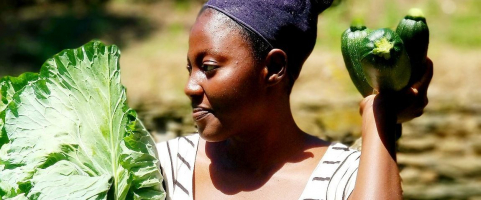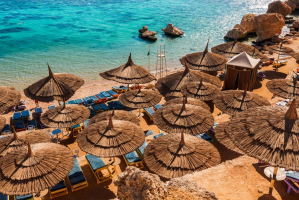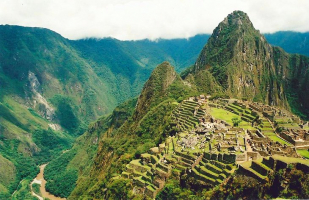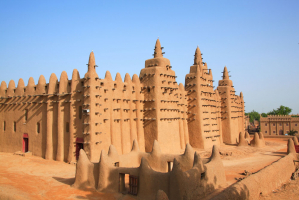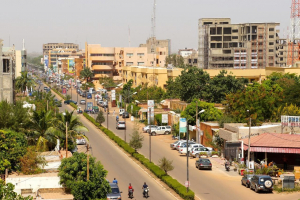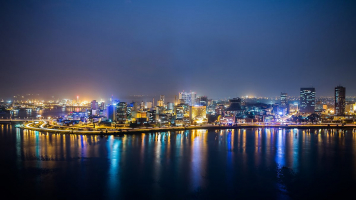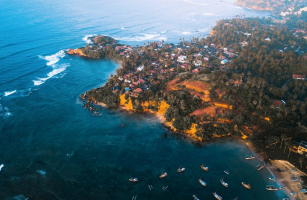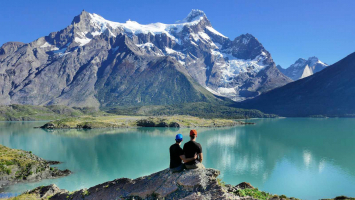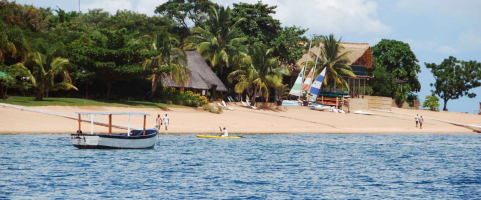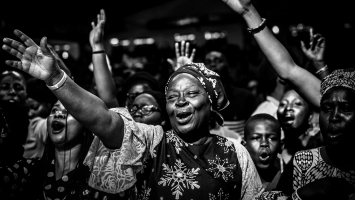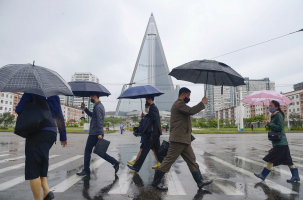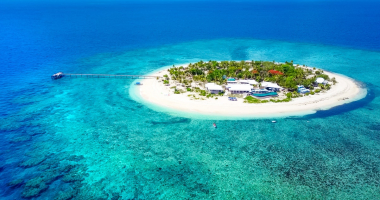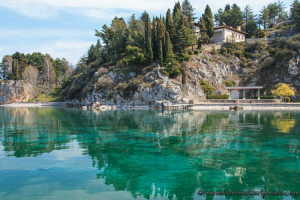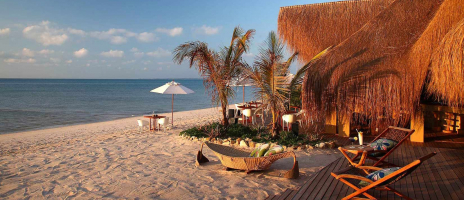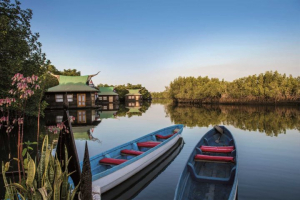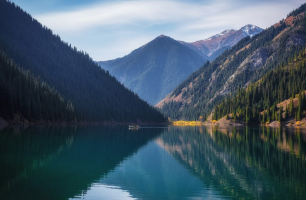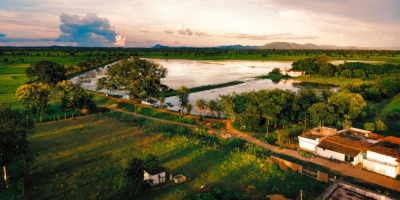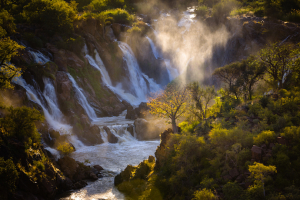Top 13 Things You Should Know Before Travelling To Montenegro
Montenegro, a little country in the Balkans, used to be one of the most popular tourist destinations. Many people believe this lovely part of the world to be a ... read more...good destination to visit, retire, and live. Some people who have visited Montenegro previously return for a second or third visit. And it's easy to see why. There aren't many sites on the planet where you can find so many natural wonders so close together. Montenegro has it all: mountains, sea, woods, glacier lakes, and canyons. Here are top 13 things you should know before travelling to Montenegro.
-
One of the things that makes Montenegro such a terrific place to visit is its magnificent geography. The rough mountain interior backs nearly directly onto the sea, allowing you to go from the Mediterranean-like coast to the high highlands in just 15 minutes. The weather can change as quickly as the scenery.
Remember that it rains a lot for the most of the year. This is one of the things about Montenegro you should know. The rainy season in Montenegro lasts from April to September and produces severe downpours. Podgorica, Montenegro's capital, is by far the wettest city in Europe, with an average rainfall of 1600mm over 157 rainy calendar days.
The winter in Montenegro is severely cold in the mountains, but moderate by the coast (the mercury rarely drops below 12 degrees Celcius in Kotor, even in January). Kotor receives no direct sunshine for a large portion of the year due to its location in respect to the mountains, making it feel a little chillier.
Summers on the coast are similarly moderate, with daytime temperatures in cities like Budva averaging around 30 degrees and evening temperatures lowering to a delightful 17 degrees. From July onwards, the sea is warm enough to swim in.
While thunderstorms are uncommon on the shore during the summer, they are abundant in the highlands. Dark clouds begin to form in the late afternoon, and if you're not vigilant, they can catch you off surprise.
It's tough to pinpoint a 'perfect time to visit Montenegro,' especially if you want to spend time in both the mountains and the beaches. Late spring and fall are both excellent periods to visit the seaside, while clear and dry summer conditions are preferable for trekking.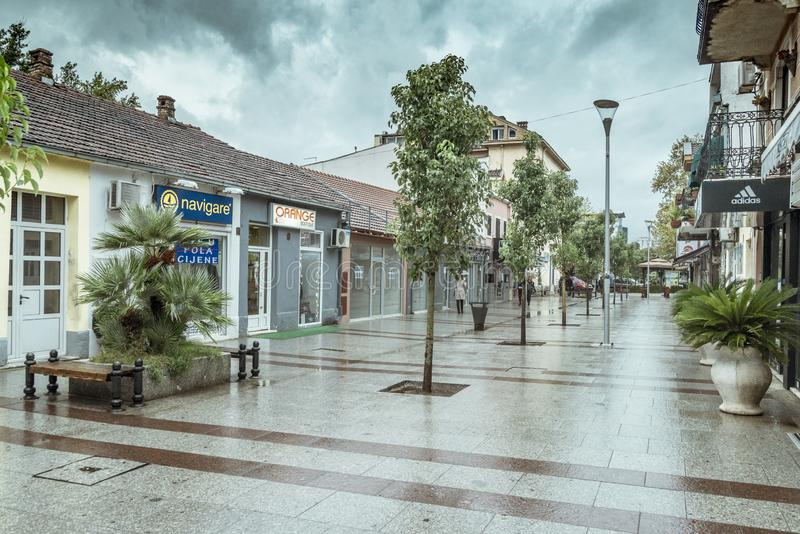
https://www.dreamstime.com/ 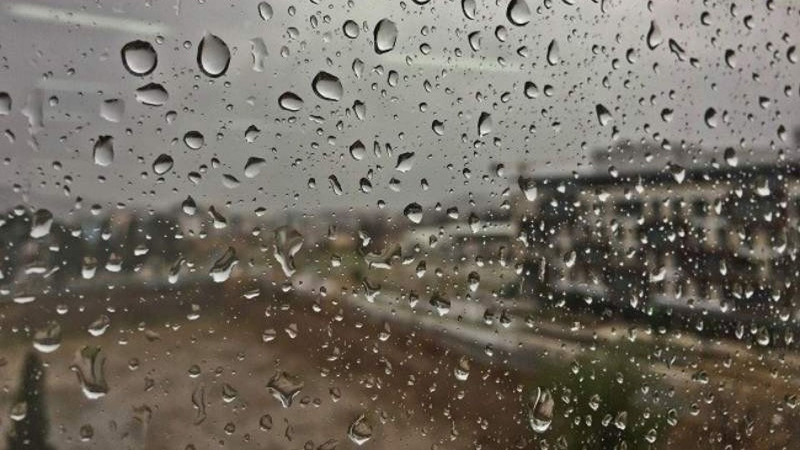
https://montenegro-for.me/ -
Prior to 2020, Montenegro's cruise ship ports were among the busiest in the region. At 2019, over 650,000 cruise passengers disembarked in Kotor, an increase of over 30% over the previous year. When a massive ship docks in Kotor's port, which is so near to the UNESCO Old Town, it changes the entire landscape. The massive boats can be seen from every angle, and while remarkable in scale, they don't add much to the scenery or ambiance.
The tiny streets of Kotor Old Town become claustrophobic as cruise ships deliver an influx of foot traffic. Budva has a deep-water port as well, and during 'cruise ship days,' it suffers a similar phenomena.
It's best to plan your time in Kotor and Budva around the cruise ship timetable if you want to avoid the crowds and lines. Alternatively, plan your days so that you avoid the crowded Old Town area in the morning when most passengers disembark for day tours. It also one of the things about Montenegro you should know.
Smaller villages along the bay, such as Perast (more on that later), lack significant ports and are much quieter, particularly in the late afternoon.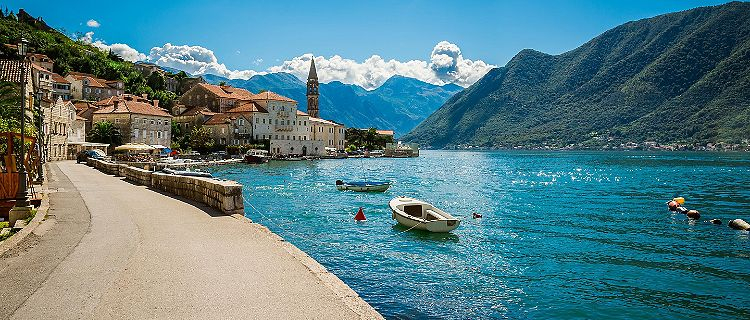
https://www.royalcaribbean.com/ 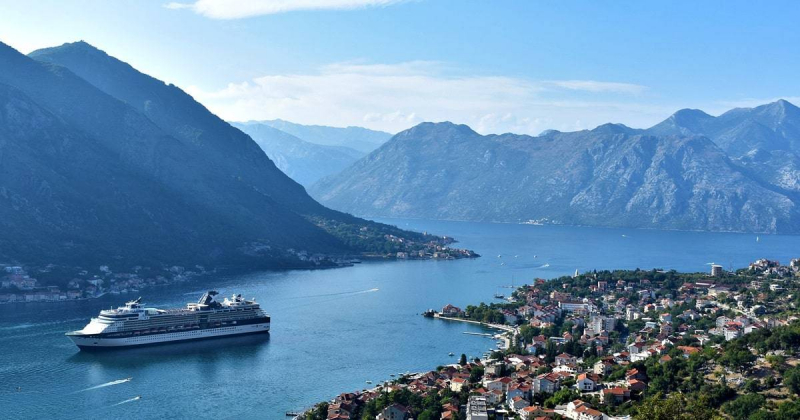
https://adventourbegins.com/ -
Montenegro is the ideal place for a road trip in the region. Yes, drivers are less conscientious about following traffic laws than in Western Europe, but Montenegro is actually quite tame in comparison to some of its neighbors. Self-driving is actually safer than taking the bus. Bus drivers are renowned for speeding and overtaking. You'll have to be extra cautious of other drivers, but at least you'll be in command when you're driving.
The roads are in decent condition, and aside from the numerous tunnels, driving is uncomplicated with only a few quirky road restrictions.
Remote vantage points and 'in-between' locales on the journey from A to B are some of Montenegro's most popular destinations. And, in many cases, the road itself is the attraction, as is the case with the infamous Kotor Serpentine, which features 16 hairpin bends and 16 breathtaking lookouts.
The backroad from Rijeka Crnojevia to Virpazar, which runs along the edge of Skadar Lake, is one of the most popular drives. No reasonable bus or taxi driver would ever take such a circuitous route; if you want to do it, you'll need your own vehicle.
Because Montenegro is so small, you may tour a significant portion of the nation in as little as 7-10 days by automobile.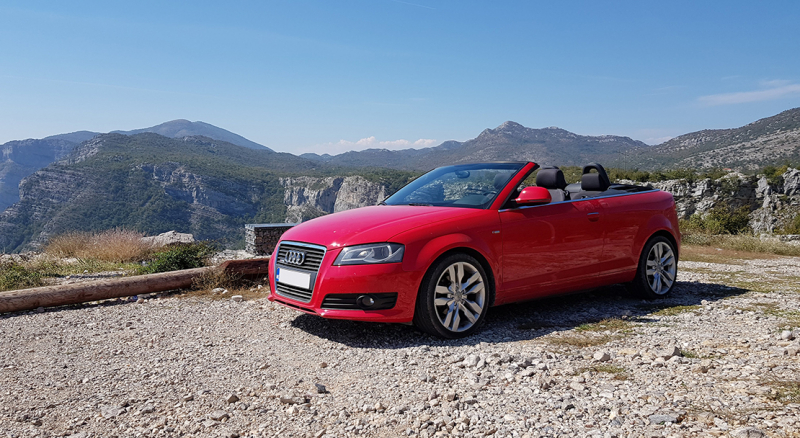
https://localrent.com/ 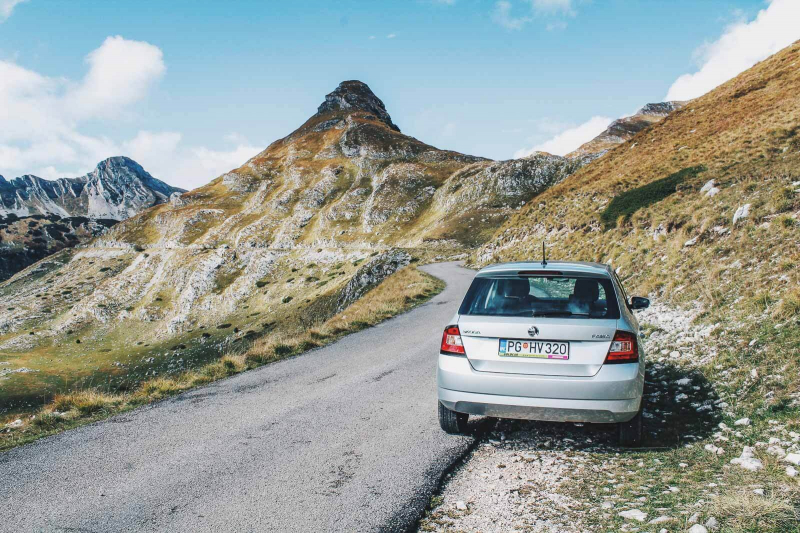
https://www.roadiscalling.com/ -
'How safe is Montenegro?' It's a common inquiry, mainly due to the region's recent political past and the fact that many travelers are still unfamiliar with the ex-Yugoslav republics. But don't be concerned: Montenegro is just like any other Balkan country in terms of personal protection - that is, it is extremely safe. This is one of the things about Montenegro you should know.
Montenegro is a safe nation to visit in general. Its crime rate is rather low, and as a tourist, you should only be concerned about minor theft in tourist areas. Otherwise, Montenegrins are really nice and welcoming. Because Montenegro's public transit isn't as reliable as you'd expect in a European country, you may find yourself waiting for a bus that was supposed to arrive half an hour ago. Taxis are available, though they may attempt to overcharge you.
'Welcome to Montenegro,' goes the joke. 'Your car could be here already.' This refers to organized criminality that is unlikely to affect visitors. It's also possibly out of date. Pickpocketing does happen, but only in touristy areas like Kotor and Budva.
You'll be OK if you follow the same common sense safety precautions you would in any other country - and just be a little more cautious with your valuables when visiting popular tourist attractions. Don't forget to lock your automobile doors as well.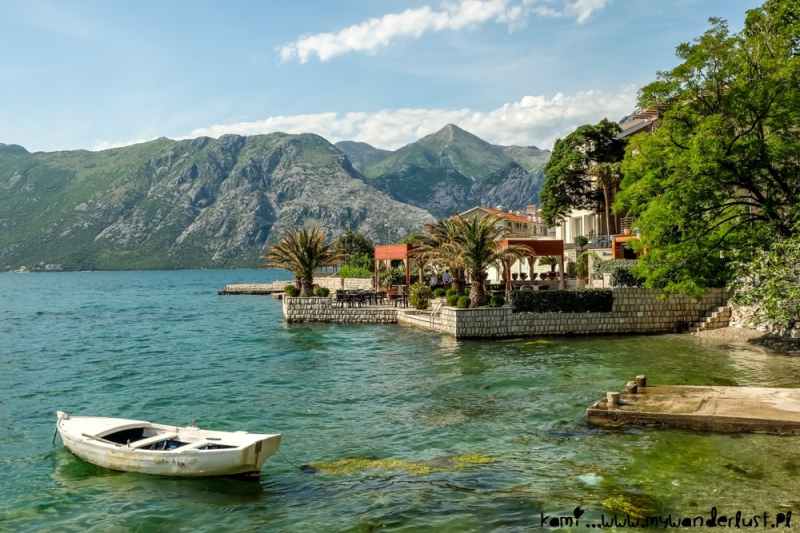
https://www.mywanderlust.pl/ 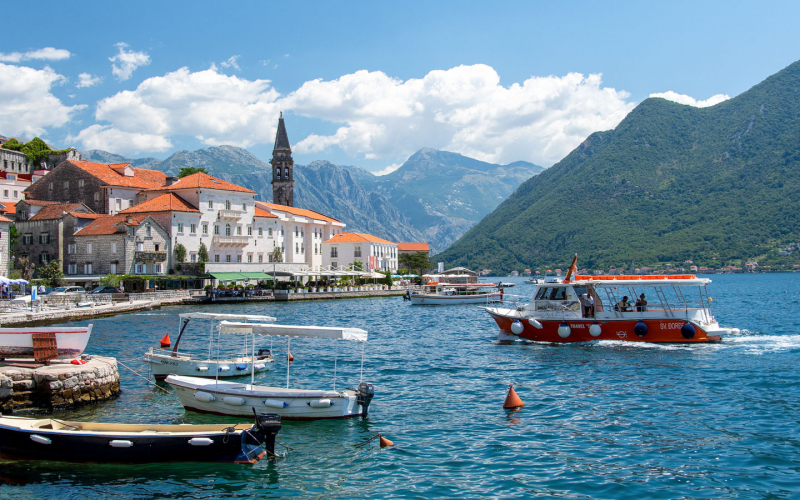
https://www.roadiscalling.com/ -
Dealing in Euros is convenient for calculating exchange rates, but costs in Montenegro are on the high side – especially when compared to Albania and Bosnia and Herzegovina. By any measure, Montenegro is an exceptionally affordable destination, although be prepared to pay a little more for big-ticket items like lodging. Interestingly, despite not being a member of the European Union, Montenegro utilizes the Euro (EUR). Montenegro has such a tumultuous currency history that it has dedicated a museum to it in Cetinje, the old city, with great free guided tours.
Prices in Budva, Kotor, and Tivat are, unsurprisingly, more than in national parks and mountain locations. Another reason to avoid peak season is because prices climb in the summer.
Keep an eye out for 'hidden' costs like the tourist tax in Kotor (1 Euro per person per night) and the additional fees for stowing luggage on the bus (common throughout the Balkans).
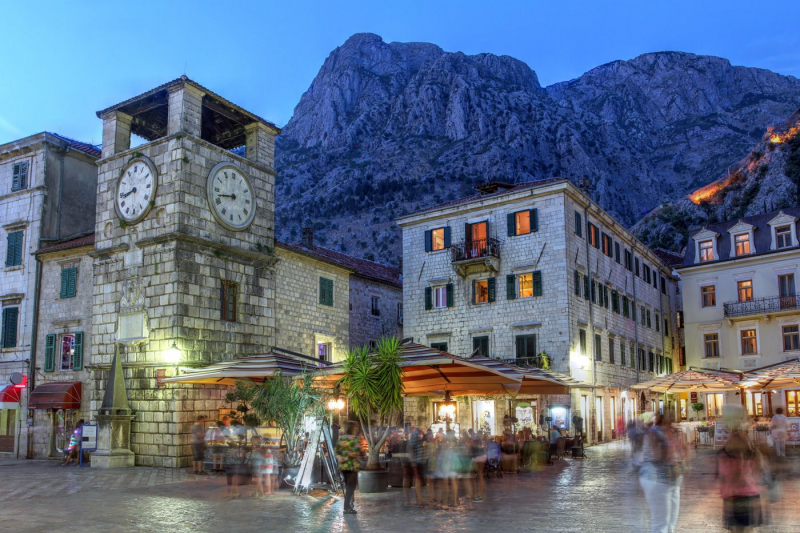
https://www.budgetyourtrip.com/ 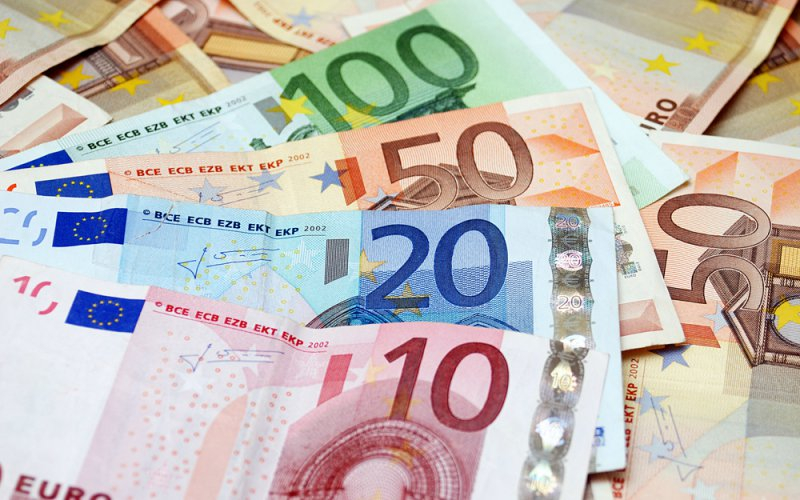
https://mymontenegro.org/ -
Montenegro offers a wide range of accommodations, from inexpensive hostels to luxury resorts. If you're on a tight budget or want a more "genuine" experience than a chain hotel can provide, a guesthouse is one of the finest options. This is one of the things about Montenegro you should know.
There are guesthouses in every city, town, and village. Typically, you will be accommodated in private accommodations within a family home. Meals are usually provided for an additional price, as well as that all-important parking spot. Above all, staying at a guesthouse is a simple way to contribute directly to the local economy while also having a meaningful relationship with a local.
One of the most memorable stays was at the Apartments Konak Perjanik in the town of Rijeka Crnojevia. Ask the proprietors, Ljudmila and Ivan, to tell you the story of the prince, which is tied to an old arched stone bridge and steeped in local folklore.
Wild camping is prohibited in Montenegro, but is permitted in national parks and on beaches. Stick to the specified, fee-based campgrounds.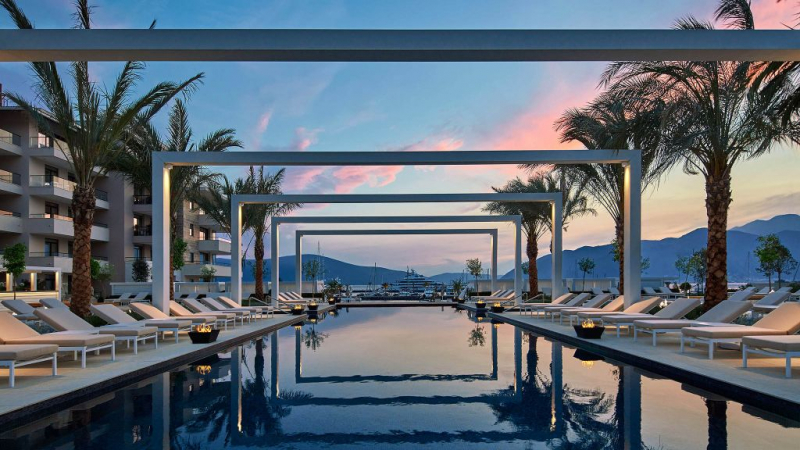
https://lac.visaluxuryhotels.com/ 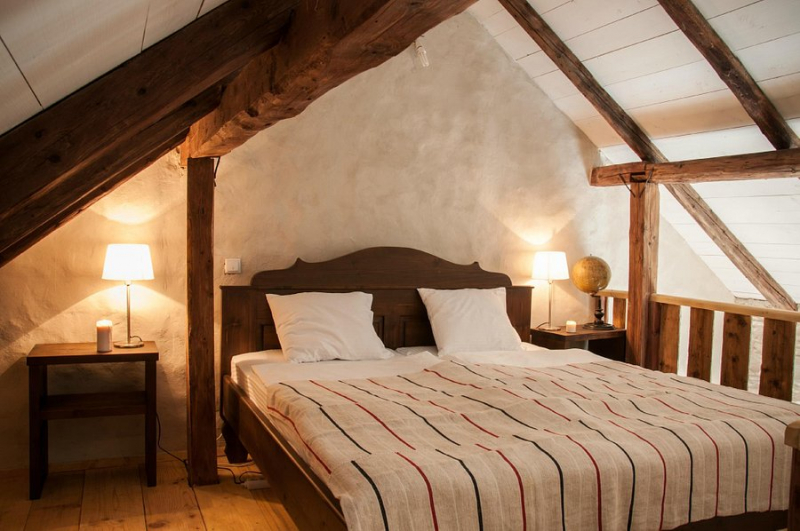
https://www.tripadvisor.com/ -
Montenegro's name literally translates to "Black Mountain" in local dialect, implying that the country's heart is not its famed shoreline, but rather its interior. This is one of the things about Montenegro you should know.
Montenegro has five national parks covering 10% of the country's land area (not huge when you consider the capital city also covers 10 percent ). The most popular is Durmitor, which offers both day walks and multi-day excursions across a pristine terrain of rugged Dolomite-like peaks and lovely mountain settlements. Biogradska Gora, in the northeast, is one of Europe's only three remaining virgin rainforests, while Lovcen, near Budva, is home to Montenegro's name-giving peak.
The Accursed Mountains, also known as the Albanian Alps, are home to some of the best hiking trails in the Balkans, including the Valbona to Theth journey. Skadar Lake National Park, the country's final protected region, is one of the country's most underappreciated gems (more on Skadar later).
Montenegro has the highest number of species per area unit of any country in Europe, which may surprise you. Montenegro is a true biodiversity hotspot and a veritable treasure trove of flora and animals.Another significant advantage is that the further you travel into Montenegro, the more inexpensive it becomes. As soon as you leave the bay, prices drop and hospitality triple, so don't miss Montenegro's green heart.
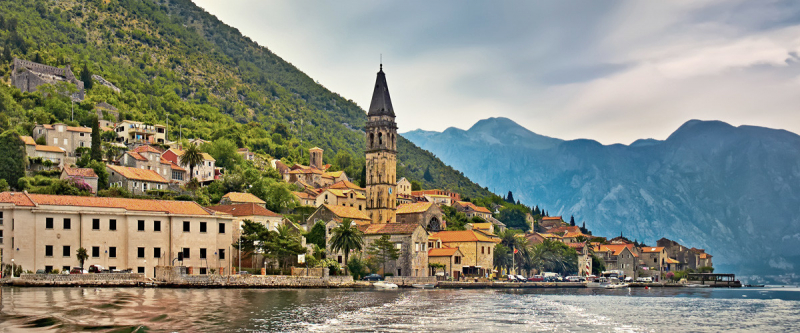
https://www.artoncapital.com/ 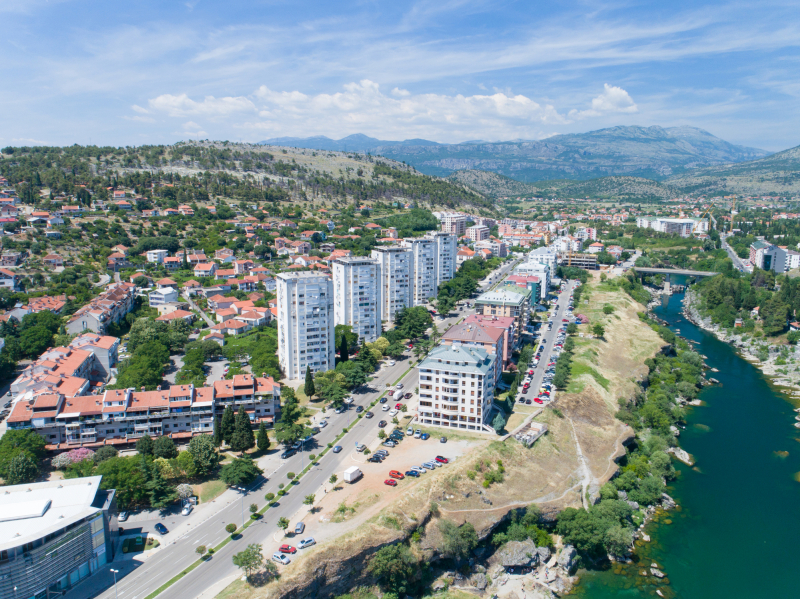
https://www.ebrdgreencities.com/ -
Perast is one of the favorite location in Montenegro. Like Kotor, it's a historic Venetian harbor situated between a cove and a cliff. Beautiful Baroque palaces (there are 18 in total), public squares, and churches with crumbling bell towers occupy every inch of the compact town. The intriguing tale and unique chapel of Our Lady of the Rocks, one of two tiny islands just off the shore, are a must-see.
Perast is enthralling because of its history, culture, and legend. Not to mention the stunning seafront, which is everything a Montenegrin dream is made of.
What's the best part? Perast's port is too shallow for cruise ships to dock, so the town takes on a completely different vibe once the day trip tourists have left. Perast at sunset, especially in the shoulder season, is a different type of magical. You can stay in a guesthouse here for a few of nights and spend your evenings strolling along the waterfront.
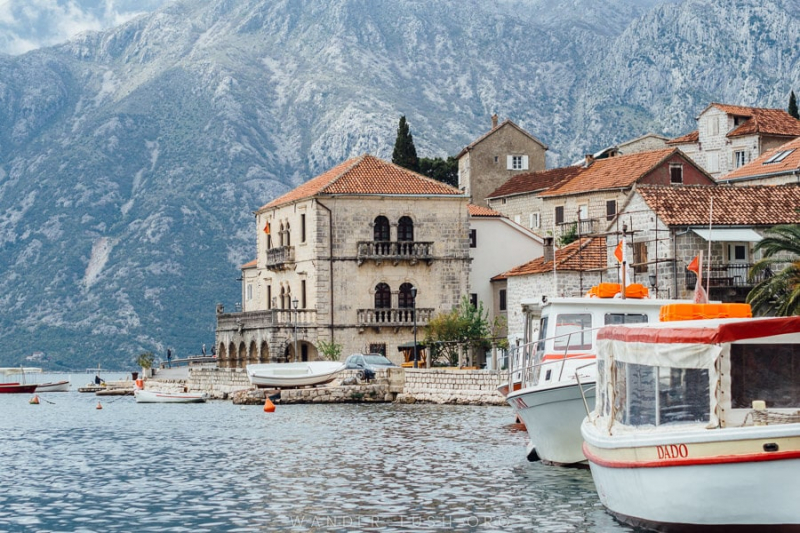
https://wander-lush.org/ 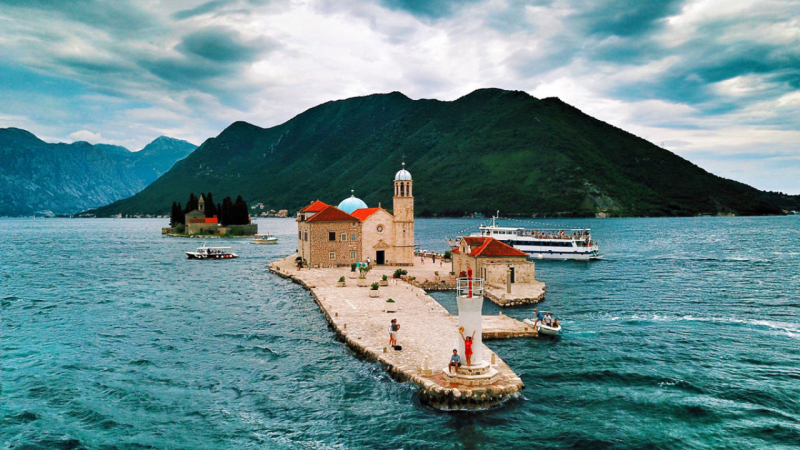
http://bestplus.vn/ -
Taking a train journey across Lake Skadar is one thing; taking a boat excursion to see the wetlands and wildlife up close is another. This is the largest lake in the Balkans and one of the most visually appealing sites in the region, shared between Montenegro and Albania. It's one of Europe's best spots for bird viewing, but even if you don't care about birds or wetlands, it's still a fun pastime.
Virpazar is the most convenient location for chartering a boat for a 2-hour trip on the water. Find a skipper who can explain the adventure and speaks your language. The skipper was an expert on local flora and fauna, and his vivid descriptions and snippets of information brought the environment to life. Herons, spoonbills, eagles, and other birds can be seen during the spring breeding season.
Boats also depart from Rijeka Crnojevia at the lake's western edge, however they are a little more expensive due to lower demand.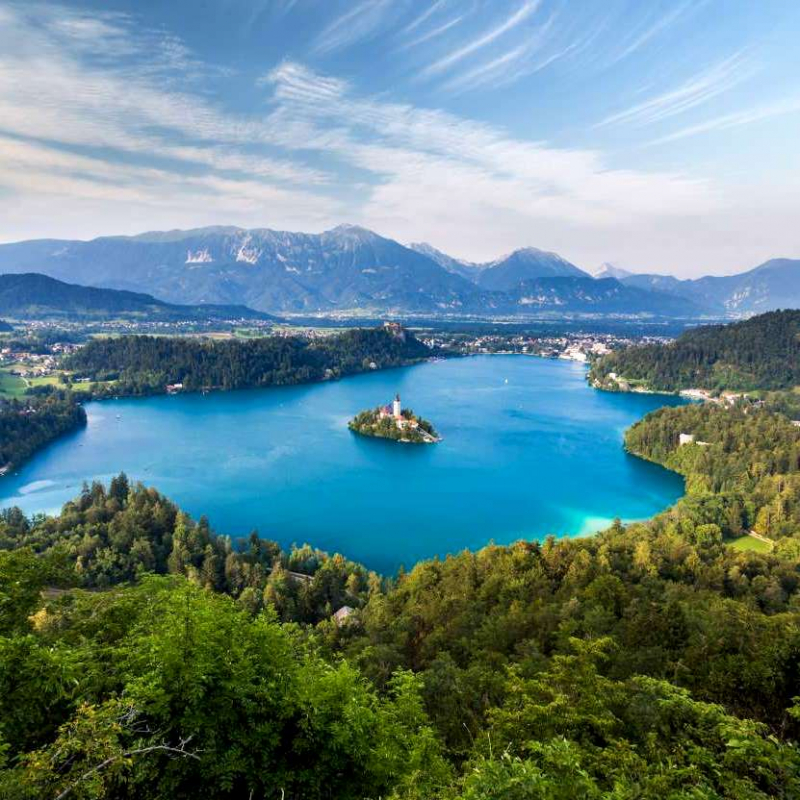
https://www.ekorna.com/ 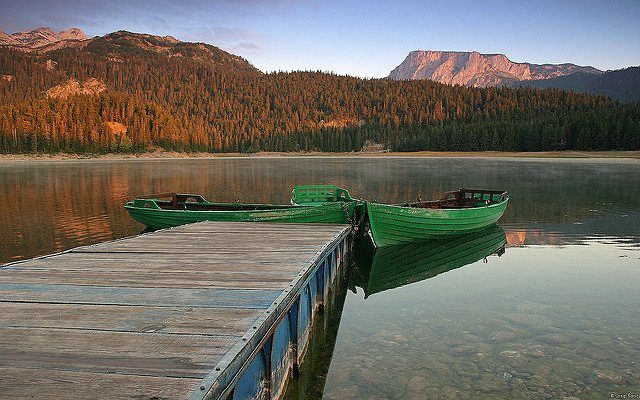
https://www.balkanride.com/ -
Meat is always on the menu, from Cevapi and Burek to the mountains of fish and seafood along the coast. Montenegrin cuisine, like that of any other Slavic country, is high in protein and low in fresh fruits and vegetables. This is one of the things about Montenegro you should know.
However, it would be unusual for a city or larger town restaurant/café to not provide at least a few vegetarian-friendly selections. Some traditional meals, such as Kacamak (cornmeal, potatoes, and Kajmak cream cheese), are vegetarian by design. Almost every restaurant also offers a large variety of meatless soups and salads.
In Montenegro, Italian food is extremely popular, so you can always get a Neapolitan pizza or a three-cheese pasta to satisfy your hunger. If you have unique dietary needs, consider eating meals in your guest house, where you can make advance requests.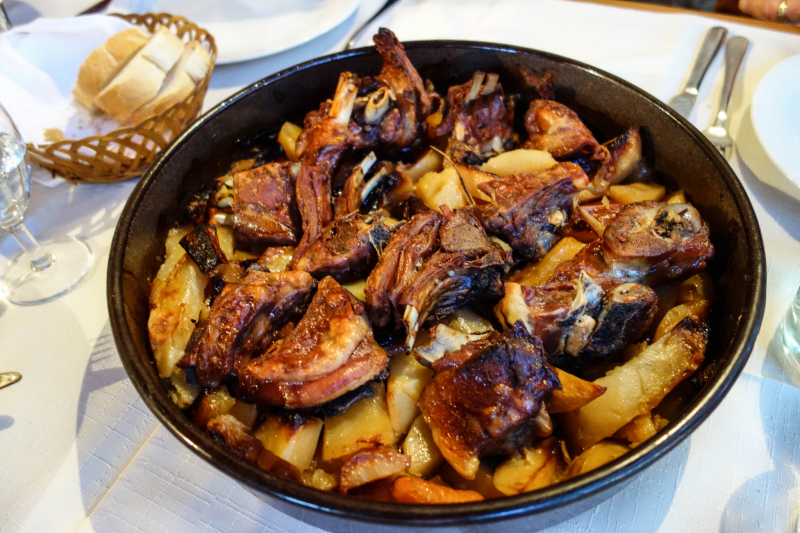
https://theculturetrip.com/ 
https://portomontenegro.com/ -
Lake Skadar in Montenegro is one of Europe's largest bird reserves. This is one of the things about Montenegro you should know. It is a significant stop for migrating birds and is home to approximately 270 bird species. The Dalmatian Pelicans are among the most popular on the lake. Efforts to conserve their breeding sites have paid off, and visitors can now take a trip to see the birds aboard a traditional un boat. Visitors can expect to observe pygmy cormorants, storks, egrets, ibises, herons, and falcons in addition to spectacular pelicans.
A growing group of flamingos calls an ancient salt works home further down the shore. The Ulcinjska Salinas, historically the Mediterranean's largest salt producer, is now home to over 500 flamingos and up to 40,000 birds at any given moment. The area will be added to Ramsar's List of International Importance, alongside Lake Skadar, in the aim of being protected from overdevelopment.
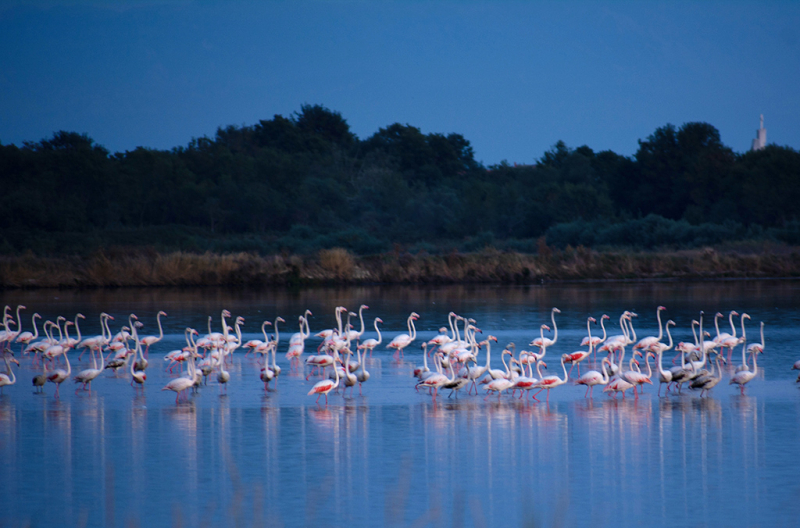
https://weroameurope.poweredbydlot.com/ 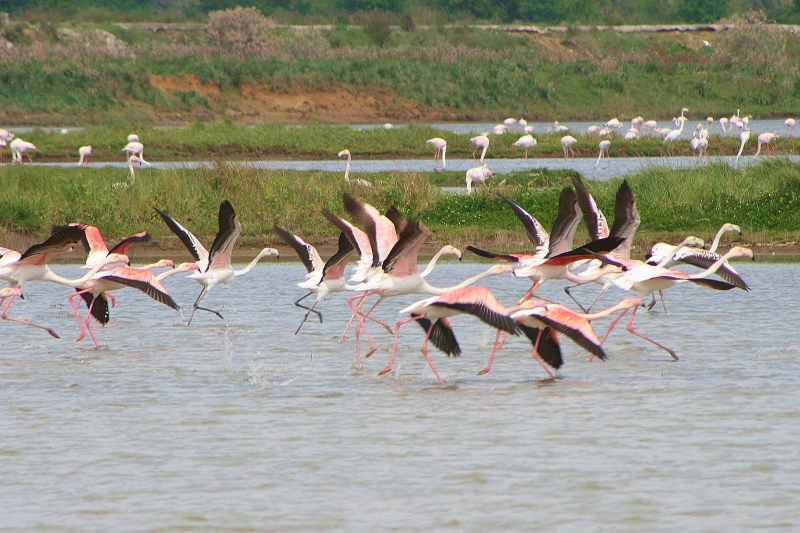
https://undiscoveredmontenegro.com/ -
Religious holidays are more important in this small country than secular and official holidays. Depending on the religion, the employer is expected to provide the employee with an official weekend. About 70% of Montenegrins are Orthodox, 20% are Muslims, and the rest are Catholics.
If you visit around Orthodox Easter, Christmas, Epiphany, Pentecost, or the Dormition (Mary's death), keep in mind that many businesses will be closed and traffic will be heavy. Many family-owned businesses and cafes may substitute meat meals during the Great Lent and Nativity fasting (which lasts six weeks).
For Montenegrins who rely largely on meat, going longer than 30 days without it is a hardship. Not everyone will go through with it. There will undoubtedly be restaurants serving the same food as they do in other seasons. Although it is something to be aware of and not be startled by when visiting.
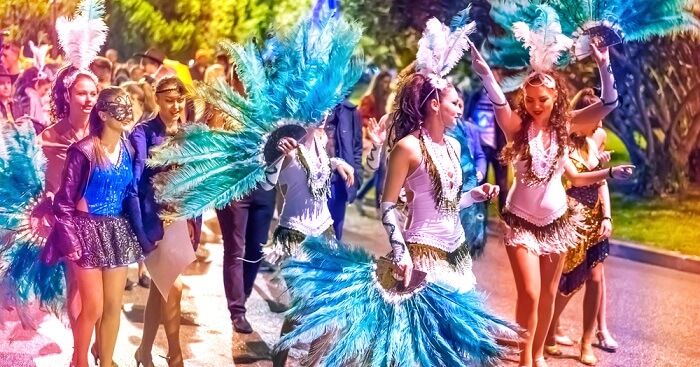
https://traveltriangle.com/ 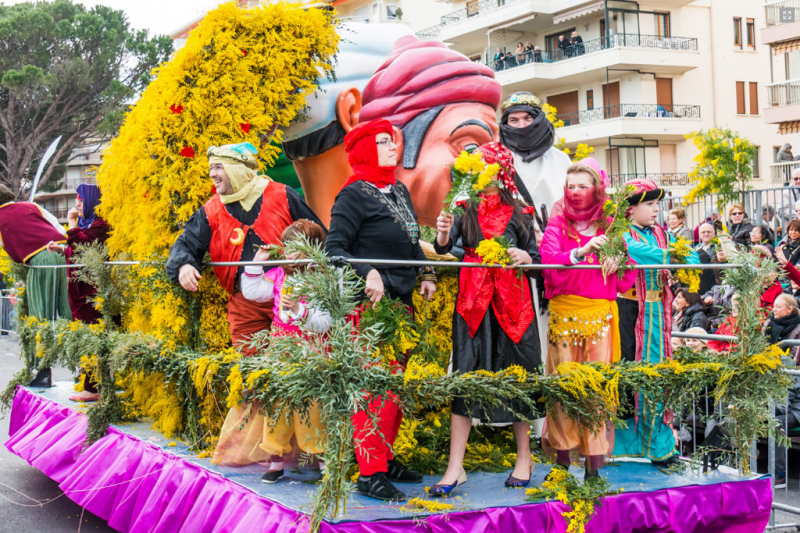
https://mymontenegro.org/ -
A simple but important tip for unwary tourists: nearly every shop in Montenegro is closed on Sundays. Grocery stores, cellphone stores, corner stores, malls, and some (but not all) pharmacies fall within this category. The majority of banks are closed for the whole weekend. On the weekends, they relax and spend time with their families. This is also one of the things about Montenegro you should know.
Since the country's Internal Trade Act took effect in October 2019, this has been the norm. Retail trade is likewise prohibited on public holidays (there are 14 national holidays in Montenegro).
If you're visiting Montenegro for the weekend or a holiday, make sure to plan ahead and stock up on snacks the night before!
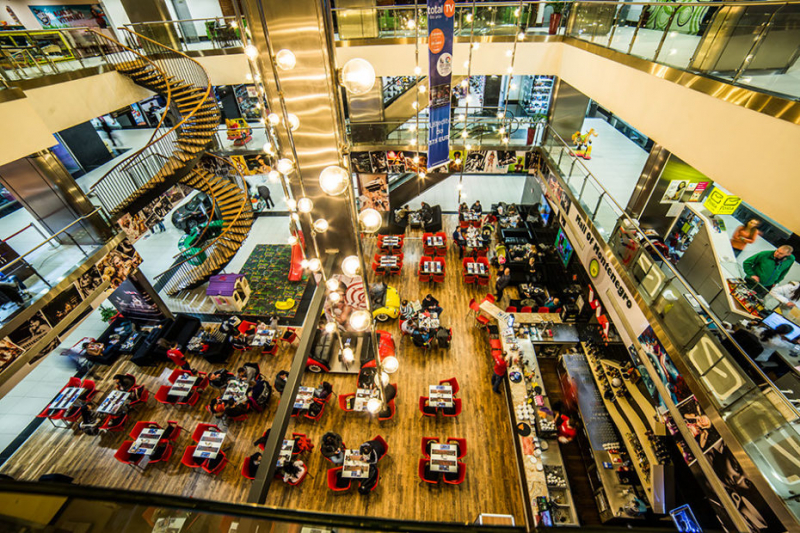
https://www.shoppinginmontenegro.com/ 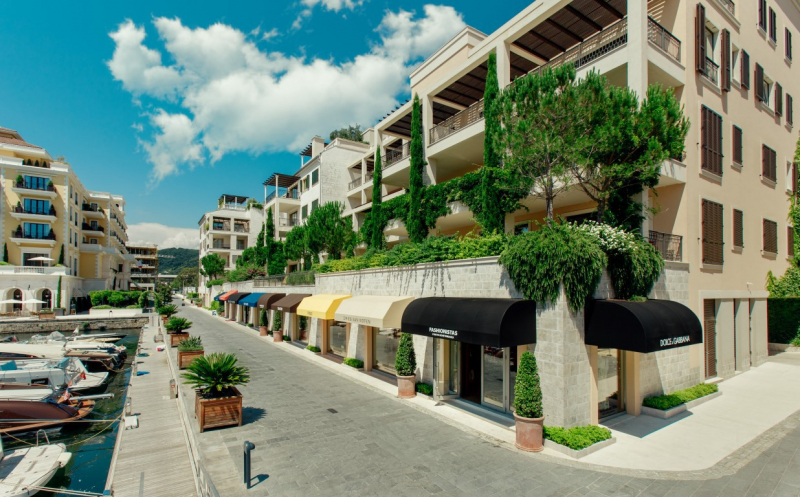
https://www.shoppinginmontenegro.com/















